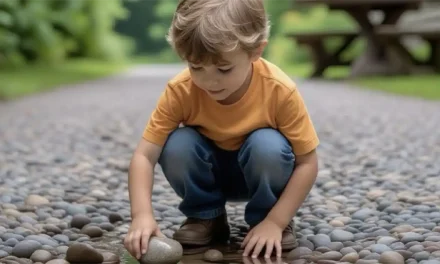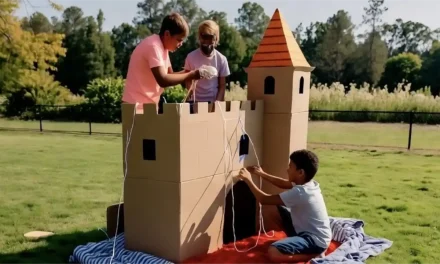
Mastering Emotional Resilience: Cultivating Inner Calm
A
sibling fight or tricky homework can send kids spiraling. Emotions flare, and clear thinking disappears. But calm isn’t just a feeling they can wait for. It’s a discipline they can develop. The Stoics knew this. They didn’t expect peace to appear—they trained for it. In daily rituals and deliberate pauses, they practiced inner stillness. You can help your child do the same. Ask, “How can you stay steady right now?” That question doesn’t demand perfection. It invites a method—a breath, a pause, a mental step back. And with practice, that method becomes their anchor.
One tense evening, my daughter stormed off after a fight with her brother, her face flushed, breathing fast. I knocked gently, then sat beside her without a word and began breathing slowly. She followed, gradually matching my rhythm. Her shoulders dropped. Later, we talked through what had upset her, calm restored. Since then, I’ve seen her use that pause before a test, a performance, even a tough conversation. She’s learning what the Stoics knew: that calm isn’t the absence of feeling—it’s the presence of control.
Practice calm in real moments, not ideal ones. After a flare-up, a disappointment, or a long day, invite a return to steadiness. For younger kids, that might be slow breaths, a calming object, or a shared silence. For older ones, it might be stepping outside, journaling, or simply naming what they feel. Share how you find calm too. When they see it modeled, repeated, and reclaimed, they learn that inner peace isn’t a mood. It’s a skill. And with time, it becomes part of who they are.
Mastering Emotional Resilience

Mastering Emotional Resilience: Learning From Adversity
Difficult moments become teachers. Help children reflect, adapt, and grow stronger through challenges.

Mastering Emotional Resilience: Accepting What Cannot Be Changed
Teach children to recognize what’s in their control. Acceptance builds emotional strength, calm, and resilience.
Table of contents

Primordial Soup for the Mind: Navigation
Navigate the book Primordial Soup for the Mind.
TIPS
- Model calm instead of insisting on it
- Invite steadiness, don’t demand quiet
- Celebrate the return, not just the stillness
ACTIVITIES
- Calm Pause: After an upset, ask “How can you stay steady?” and breathe together
- Still Step: Take a quiet walk or sit beside them after an emotional moment
- Reset Signal: Create a shared gesture or phrase to signal a return to calm
TOOLS
Soft object, journal, calming breath routine (optional)

Download “Primordial Soup for the Mind: A Parent’s Guide to Nurturing Intellectual Growth”
Enter your information to get this article and hundreds more as part of the FREE book Primordial Soup for the Mind.
Share your thoughts with the Thought Academy community in the Comments section below.

Sharpen those skills!
Enter your information to get our FREE practice exercises so you can hone your critical thinking and reasoning skills!







0 Comments